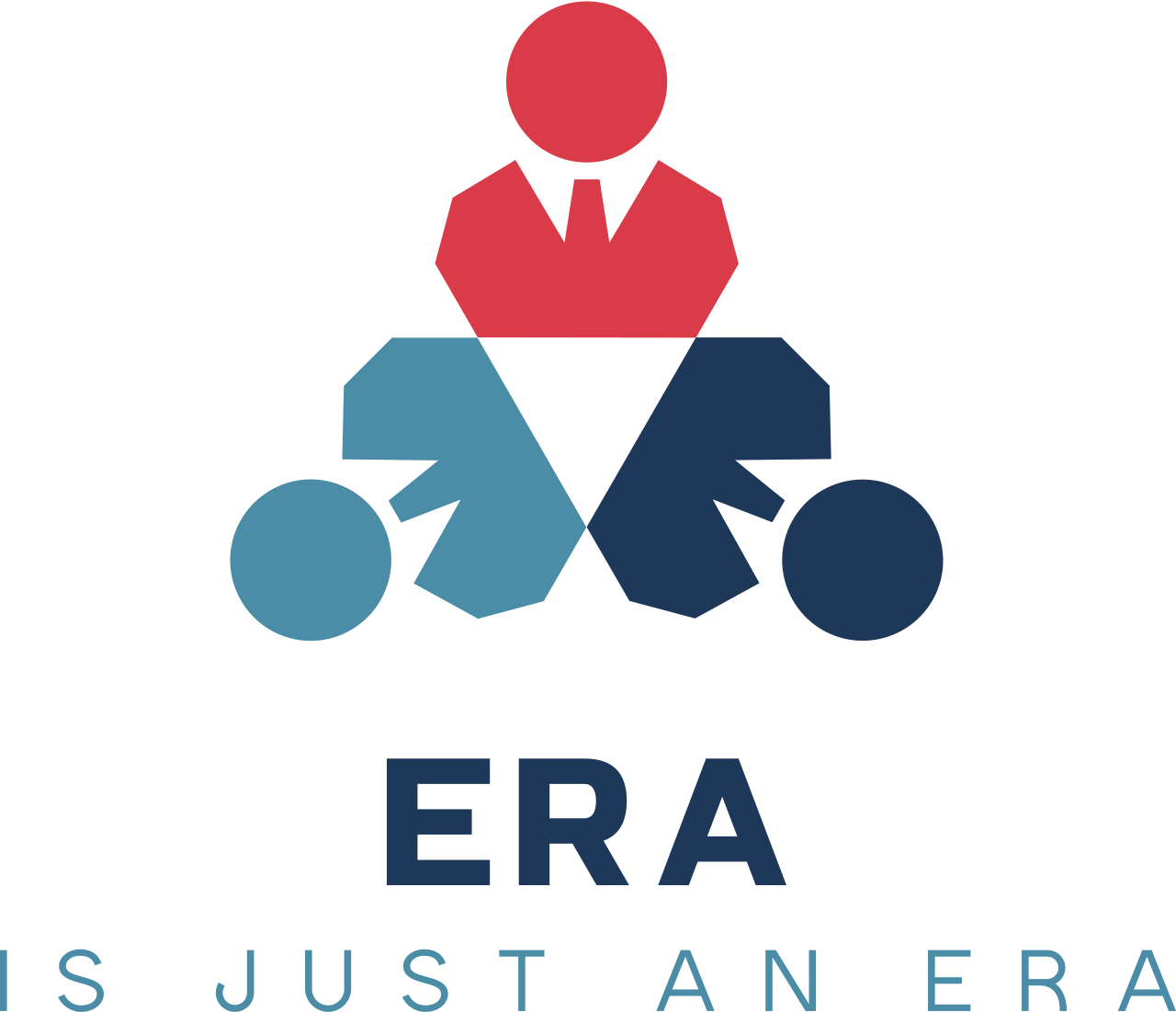Pioneering the Future: Innovative Approaches to Remote Work and Work-L
In what ways might the end of remote work for federal workers contribute to broader economic challenges, such as reduced women's labor force participation and increased childcare costs, and how could policy innovations address these issues?
The evolution of remote work is driving a new era of innovation that redefines not only where we work but also how we thrive across different life domains. Recent research emphasizes the need for tailored, supportive strategies that account for individual circumstances, highlighting that successful remote work policies must adapt to diverse life roles. Leaders are now encouraged to offer distinct types of support—ranging from emotional availability and role modelling for non-parent employees to more hands-on, instrumental assistance for those with caregiving responsibilities. This customized approach is helping pave the way for healthier work-life boundaries and reducing the tendency to overwork, a challenge amplified by remote work conditions.Another breakthrough in the field is the development of innovative measurement tools designed to assess remote work readiness. By constructing indices that incorporate work environment factors, ICT usage frequency, and digital skills management, researchers are beginning to reveal how gender, age, and even ethnic and regional differences play significant roles in employees’ adaptability to remote work. This fresh perspective moves away from traditional definitions that focused mainly on family-related responsibilities, and it spotlights how non-traditional family structures and other personal commitments equally influence remote work dynamics.In addition to these nuanced support strategies, the shift toward remote work has compelled policymakers and organizational leaders to confront digital inclusion issues head-on. Bridging the digital gap is now recognized as a key component in ensuring equitable access to remote work opportunities, especially in developing economies where connectivity challenges are pronounced. In essence, the innovative insights emerging from these studies are not only redefining work-life integration but also laying the groundwork for more inclusive, flexible, and adaptive work environments across the globe.
